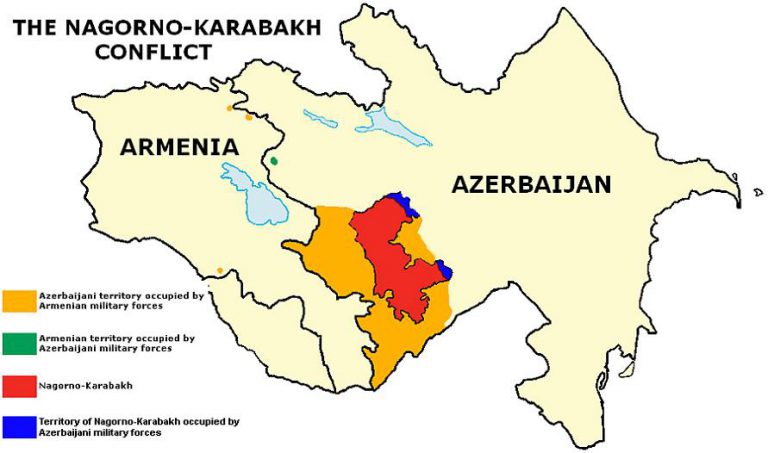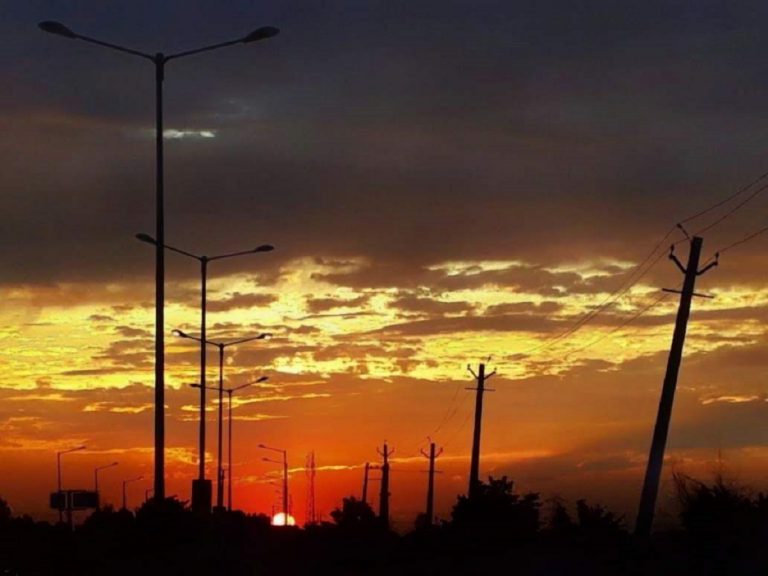India’s critical water-sharing issues with China
Water plays a vital role in the rise and decline of civilizations. But now history is potentially coming full circle. The sharpening of India’s geopolitical competition over energy resources has drawn much attention, but this has helped obscure the other danger. Water shortages in much of India are straining inter-riparian relations while proving a threat to rapid economic modernization and environmental sustainability.
If we talk about water in broad aspects, it can be that in bordering areas of India, water stress and insecurity have been accentuated by unsustainable practices that have upset hydrological cycles and resulted in clean water becoming a precious and scarce resource in many areas.
India is dependent not on just one river system originating in Tibet but on multiple major rivers that have their primary sources there. In addition to the Brahmaputra, the Indus and the Sutlej, also flow into India. The seven streams of Kosi-a primary Nepalese river system that commands an average outflow of km³ per year and drains into the Ganges in India- has its highest catchment area on the Tibetan Plateau. This is also the case for the Gandak, which both empty into the Ganges in India.
India, in turn, is the source of significant cross-border river flows to other countries. Bangladesh, at 1,105.6 km³ per year, is the biggest recipient of water from India by far. It is followed by Pakistan, which gets 183 km³ per year, and Burma the beneficiary of a much smaller volume of water estimated at 20 km cube per year. Yet given India’s significant dependence on multiple rivers originating in Tibet, the Chinese water harassing projects encompassing almost all the transnational rivers directly impinge on Indian interests.
Tibet as the focal point
China built dams and barrages on the upstream without transparency and information sharing. The implications of it were the surprise flash floods that ravaged parts of its Himalayan states of Himachal Pradesh and Arunachal Pradesh between 2000 and 2005. Indeed, the endless, fruitless Sino-Indian border talks since 1981 could not prioritize the issue of China opaquely pursuing hydro-engineering projects in Tibet. These projects potentially threaten to diminish transboundary river flows. Between nuclear-armed, continental-sized China, and India, the water bomb is no less potent than the nuclear bomb.
China’s hydropower and irrigation works and plans for mega-dams in Tibet, India, are highlighting Indian vulnerability on the waterfront even before India has plugged its disadvantage on the nuclear front by achieving the objective to erect what it calls “a credible but minimal deterrent.” Growing national water demand; depletion and degradation of water resources, and climate change are altering the balance of power between the two Asian giants. China controls the important variable called water through its hold on Tibet. This riparian ascendancy is reopening old wounds and subtly bringing Tibet back to center stage in the relationship between India and China.
Tibet is central to India’s water resources picture. The Indian Peninsula ranks as the largest in the world. Still, the rain-fed rivers there have fluctuating volumes, and several of them are not even perennial. Most coastal rivers in Peninsular India, popularly known as the Deccan Plateau- have small catchment areas and are seasonal. It is mighty rivers that flow in from the Himalayas and the Tibetan mountains that are the lifeblood for the majority of the Indian population, concentrated in the northern plains.
China’s uncompromising position
China has declined to get into institutionalized water-sharing cooperation with any of its riparian neighbors. By contrast, India- though no paragon of virtue, virtually stands out as a role model for having entered into an international water-sharing treaty with each of the two countries that are downstream to it- Bangladesh and Pakistan.
China’s riparian preeminence is underpinned by glaciological dominance. Glaciers are the key contributors to river waters when the demand for water is the greatest-in the summer session. Of the nearly 43,000 square kilometers of glacier area in the Himalayas, China controls more than three-fourths. From channeling the glacier runoff to its newly built reservoirs and its bottled water industry to unveiling large dam projects, China is seeking to reap the full advantage of its hold over Tibet. It’s hydropower, irrigation, and other projects on India linked international watercourses’ serve as a glaring reminder that Tibet is at the heart of the India/China divide.
These projects also raise a large question: Is China entitled to be the sole arbiter of the future of river systems that are the lifeline of downstream countries? To a large extent, India’s plight is of its own making. India has severely compounded its problems by accepting Tibet as an integral part of China. If Tibet’s annexation was the single most adverse event to affect India’s security in the twentieth century, India’s formal recognition of Chinese sovereignty over Tibet constitutes the single biggest security blunder with lasting consequences for Indian territorial and river-water interests.
China actually has staked a maximalist position vis-à-vis all its riparian neighbors by tacitly asserting “absolute territorial sovereignty” or the right to do whatever it chooses with the rivers originating in Chinese controlled territory, irrespective of the effects on the other nations or on the ecosystem. By contrast, India, as the upper riparian state in relation to Pakistan, accepted the “theory of restricted sovereignty” over transboundary rivers in signing the Indus Waters Treaty, going to the extent of agreeing to set aside four-fifths of the Indus River Basin waters for downstream Pakistan. It could also be said that India strategic set a precedent in international relations by effectively “ceding sovereignty over waters” of the largest three rivers of the Indus system (two of which originate within its territory and the third one of which arises in Tibet but collects its more significant share of water in India).
The plain fact is that nowhere in the world are the stakes higher on shared water resources than in the Himalayas and the Tibetan highlands, where the interests of the most popular basin converge. The protection of these basins shared resources must become part of bilateral and multilateral cooperation. For this to happen, there must be fundamental shifts in Chinese thinking and Policy. Otherwise, the China-India or other bordering countries with India related to water issue or water conflict, however one-sided it may be in its eventual outcome, will dwarf the fight over water in other parts of the world, including the Middle East.
Feature Image Credits: Mapswire






